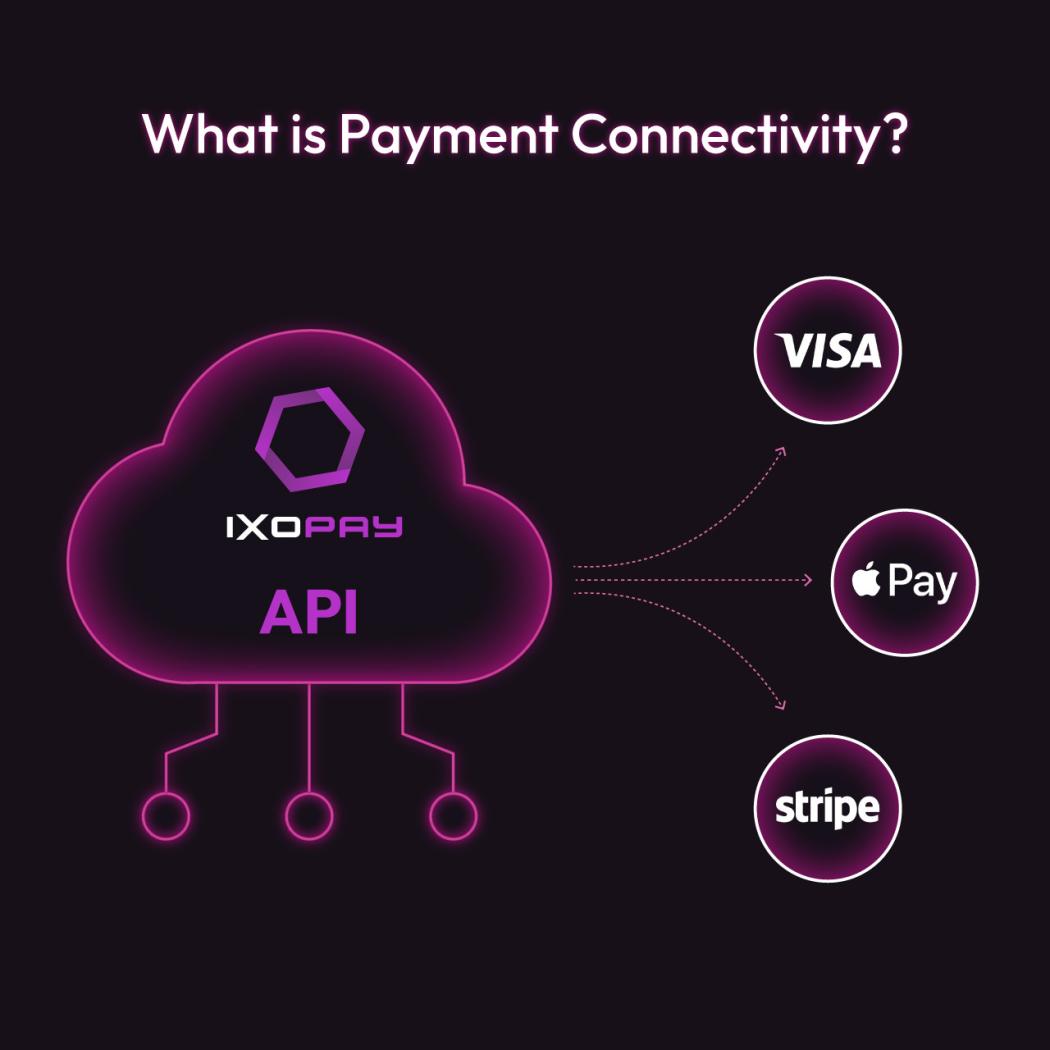What is payment connectivity? Payment connectivity enables businesses to link into a broad network of payment service providers (PSPs), gateways, alternative payment methods (APMs), and third-party services—all through a single, unified integration.
Key Takeaways:
Payments as Strategy: More than two-thirds of enterprise merchants now view payments as a strategic function, not just an operational necessity—especially among digitally advanced businesses.
Power of Payment Connectivity: Seamless payment connectivity through orchestration platforms enables faster scaling, better customer experiences, and the ability to adapt quickly to local markets via prebuilt adapters.
Adapter Flexibility Fuels Growth: Using flexible, no-code adapters lets merchants integrate payment services and expand globally without heavy development, unlocking new revenue opportunities.
Increasingly, enterprise merchants see payments as a strategic lever—not just an operational necessity. To scale efficiently and respond quickly to market shifts, businesses need seamless payment connectivity that boosts conversions and supports change.
The Strategic Value of Payments Is Evolving
According to Forbes, 67% of merchants now see payments as a highly strategic area of focus for their company, and this number rockets to 78% for the most digitally advanced businesses. Similar research done by PXP shows that two-thirds of merchants view payments as a strategic function, and more than half actively use payment technology to drive revenue.
The bottom line is this: to win in today’s global, omnichannel economy, merchants must treat payments not as a cost center but as a competitive differentiator.
Enter payment connectivity—the ability to seamlessly link to hundreds of payment providers, fraud tools, and services through a unified platform. This capability is foundational to global scalability, improved conversion, and the agility required to enter new markets at speed.
To truly scale and adapt, merchants need to prioritize a robust payment orchestration strategy with a vast network of adapters.
What Is Payment Connectivity—and Why Does It Matter?
Payment connectivity enables businesses to link into a broad network of payment service providers (PSPs), gateways, alternative payment methods (APMs), and third-party services—all through a single, unified integration.
Rather than building custom integrations for every payment partner, merchants can plug into a single orchestration platform with out-of-the-box connectivity. This frees development teams to focus on innovation, not maintenance. According to the Baymard Institute, 17% of shoppers abandon carts due to security concerns (another 6% due to lack of preferred payment options). But payment connectivity mitigates both risks—enabling secure, trusted transactions while offering the local payment methods customers expect.
At the heart of this approach is the adapter model: a plug-and-play method that allows businesses to connect services on demand, making payment stacks more flexible, scalable, and responsive to market needs.
The Power of Prebuilt Adapters in a Payment Orchestration Platform
In the context of payment orchestration, prebuilt adapters are software components that enable communication between the main interface and third-party services, which can include PSPs, APMs, fraud detection tools, and Customer Relationship Management (CRM) systems. After the initial API integration, prebuilt connectors allow merchants to add new payment processors in just minutes with a simple no-code user interface. As a premier provider, IXOPAY offers 200-plus connections and 300-plus payment methods, making it easy for enterprise merchants to switch on or test providers.
Other benefits of the adapter model include faster time to market (no need for custom development solutions!), simple access to new geographies or features, and operational scalability without increased complexity.
Regional Relevance: Why Adapter Flexibility Enables Market Expansion
Imagine a merchant expanding into Brazil. To succeed in that market, they need to offer PIX, Brazil’s instant payment system. Or consider entry into the Netherlands, where iDEAL dominates online payments. Without support for these region-specific methods, merchants risk poor conversion rates and frustrated customers.
Adapter flexibility lets merchants plug into local payment methods and PSPs without delays or vendor lock-in. A large library ensures fast, compliant market entry—enhancing customer experience, improving authorization rates, and unlocking revenue in every region.
How Enterprise Merchants Use Payment Connectivity Strategically
Leading merchants are orchestrating multiple providers using adapters to:
Route transactions dynamically
Integrate fraud tools
Add or replace PSPs without rewriting infrastructure
Leverage local acquirers for cost savings or redundancy
Add new digital wallets or alternative payment methods
This isn’t just about tech—it’s about building resilience, intelligence, and optionality into your stack.
What to Look for in a Payment Orchestration Partner
As a connectivity layer, the effectiveness of any payment orchestration platform depends on both the breadth and depth of its connections. A wide range of connections and capabilities allows merchants to localize quickly, add redundancy, and optimize performance across regions—but breadth alone isn’t enough. The depth of each integration matters just as much. All adapters are not created equal; some may only offer hyper-local payments, while others have global coverage and advanced capabilities like native 3DS or risk assessments.
When choosing a payment orchestration partner, enterprise businesses should prioritize flexibility, reach, and ease of integration. More specifically, make sure you evaluate these key capabilities:
Adapter network size and diversity
Depth of adapter capabilities
Simple adapter setup
APM and regional PSP coverage
Key integrations (ERP, CRM, etc.)
Flexibility Is the New Standard
To reiterate, payment flexibility isn’t optional in today’s global commerce environment—it’s foundational. Prebuilt adapters mean faster growth, smarter operations, and competitive edge.
Merchants who embrace modular, adaptable payment architecture today will be better positioned to innovate tomorrow. Request a demo to learn more, or you can search our adapter catalog. Or read our latest white paper: The Payment Orchestration Advantage: How Connectivity Fuels Scalable Commerce.
